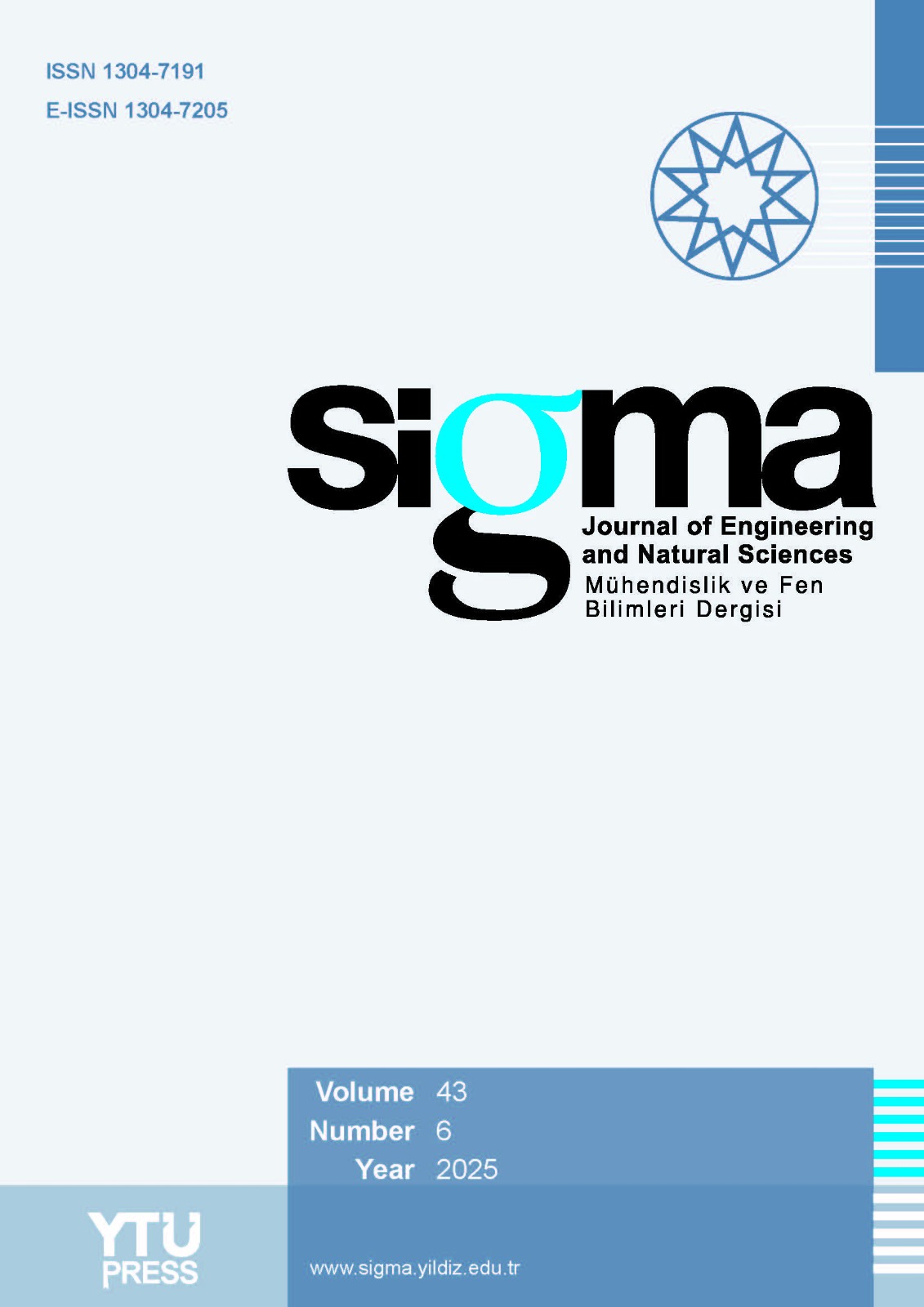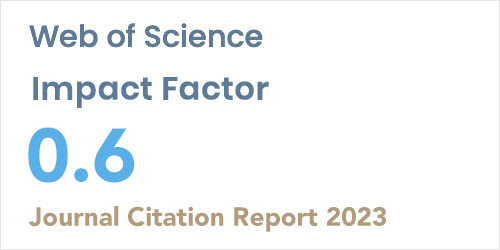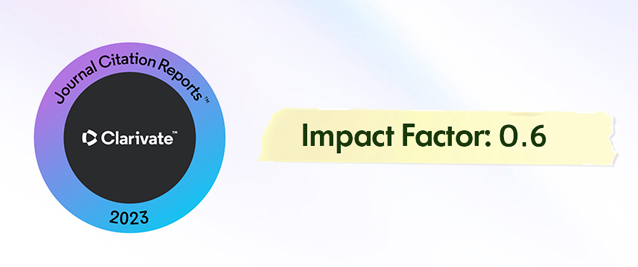2Department of Mathematics, AIAS, Amity University Jharkhand, Ranchi, Jharkhand, 835103, India
Abstract
From an experimental as well as an industrial perspective, hybrid nanofluids are crucial to the advancement of the thermal properties of pure fluid. Contrary to one nanoparticle for topheavy dispersion and solute gradient, which aids in early convection in a lower heated nano-fluid layer, the combination of two different types of nanoparticles in the base liquid reduces the stationary state convection. While earlier research looked at the linear stability analysis of double diffusive convection in hybrid nanofluid without accounting for magnetic field, this work investigates the effect of magnetic field on the onset of double diffusive convection in hybrid nanofluid. In this paper, we give a comparative analysis of four boundary combinations. For both realistic (i.e., Rigid-Rigid (R/R), Rigid-Free (R/F), Free-Rigid (F/R)) and non-realistic (i.e., Free-Free (F/F)) boundary surfaces, the analytical and numerical solutions are derived. Here, an analysis of linear stability is conducted using the normal mode technique. For three different types of boundary conditions (R/R, F/R, and R/F), the ensuing eigenvalue problem is solved using the Galerkin technique; in the instance of F/F, an exact solution is obtained. The effects of various parameters on stationary convection under various boundary conditions are depicted graphically and explained theoretically. With an increase in the value of Chandrasekhar number (Q), the stability of the system also increases for all four boundary combinations (i.e., R/R, R/F, F/R, and F/F). The stability of the system decreases with an increasing value of the thermo-nanofluid Lewis number (Ln1) and nanoparticle concentration numbers (Rn1, Rn2). With an increasing value of Ln2, the system becomes stable for R/R and F/R boundaries, whereas it becomes unstable for F/F and R/F boundaries.














